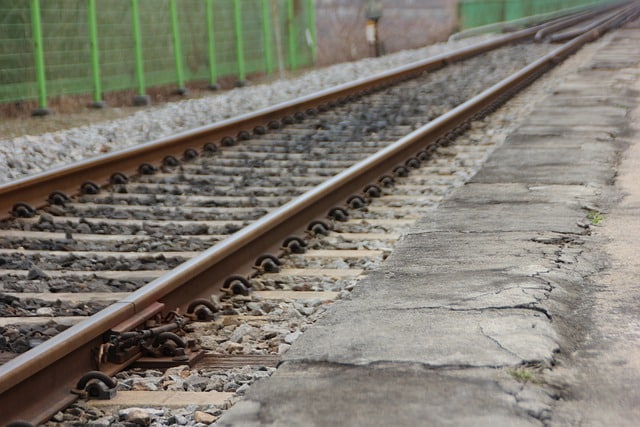
The ballast is usually made up of crushed stones.
Ballast is a term that, according to the dictionary of the Royal Spanish Academy ( RAE ), is used as a synonym for ballast , which comes from the English ballast (translatable as "ballast" ).
These concepts refer to a layer of crushed stone or gravel that is usually placed on roads before laying the pavement and on railroad tracks to seat the sleepers. Ballast also has other uses in industry and the construction sector.
Ballast Features
The ballast is part of the aggregates . This refers to granulated materials that, thanks to their mechanical resistance and chemical stability, are used as raw materials.
Like the rest of the granular materials, ballast is composed of multiple macroscopic solid particles . This means that its components can be seen with the naked eye. These particles, in turn, interact with each other through friction forces, which shows a tendency to dissipate energy quickly.
Granulometry (the size of the particles) is very important since it has to guarantee that the components are locked and that drainage is adequate. It should be noted that the ballast is developed from the crushing of different types of rock.

Thanks to the ballast, a track achieves stability.
Uses and applications
It is common for ballast to be used as a base for paving (a floor covering ). It is used for agglomerated flooring and for continuous flooring, fulfilling the same function.
In the case of railway tracks , the ballast provides stability, dampens the vibrations produced by the passage of trains, allows the drainage of rainwater and is responsible for the distribution of the pressures that the track transfers to the ground.
It must be taken into account that, on high-speed lines, ballast is not usually used because its components can detach and, in this way, cause damage to the trains. That is why concrete platforms are chosen.
The electric ballast
The ballast or electric ballast is a device that allows the regulation of the electric current in a lamp . It generally has a coil of copper wire that is wound on a steel or iron core, functioning as an inductive reactance.
The ballast components are the core on which the coil is wound; the casing that protects both the coil and the cables that connect to the external circuit; and the sealant that acts as an insulator, located between the core and the casing.
What the electric ballast does, which can be fixed or variable resistance, is to limit and ensure the stability of the intensity . If we focus on fluorescent lamps , it first provides the high voltage needed for the tube to light up and then limits the flow of current.
There are also electronic ballasts . In this case, the ballast uses a semiconductor circuit that guarantees fast and flicker-free startup. These devices can be used for simultaneous powering of several lamps.
